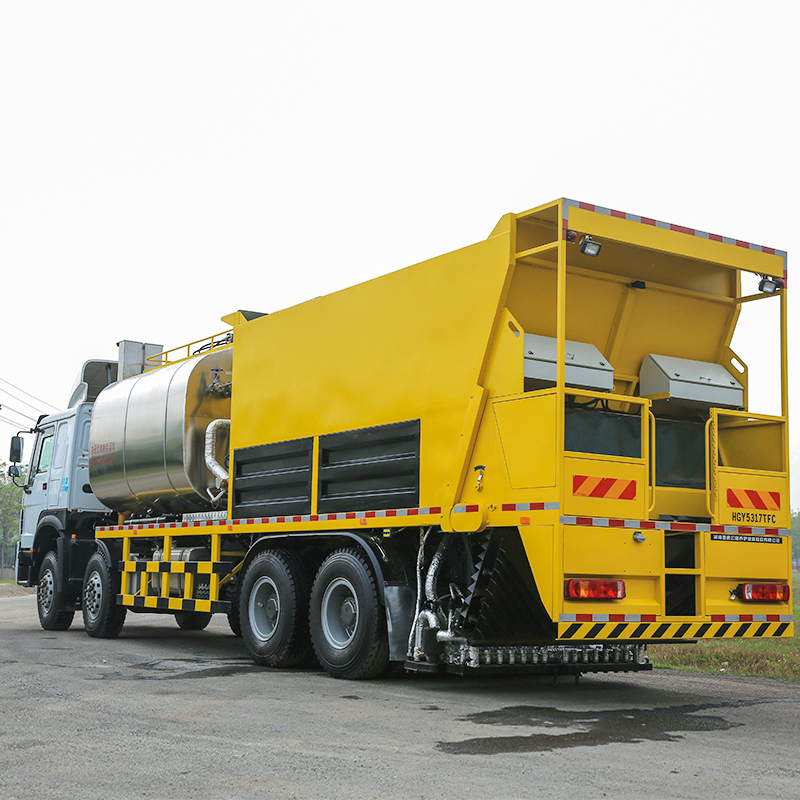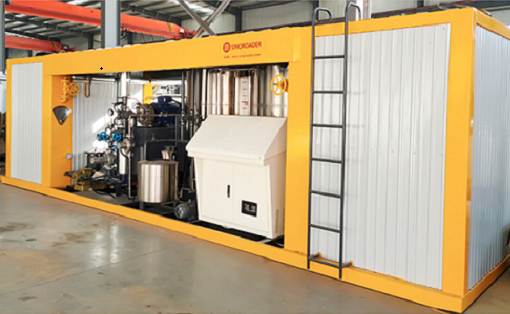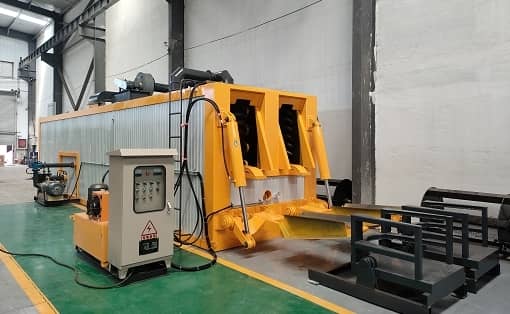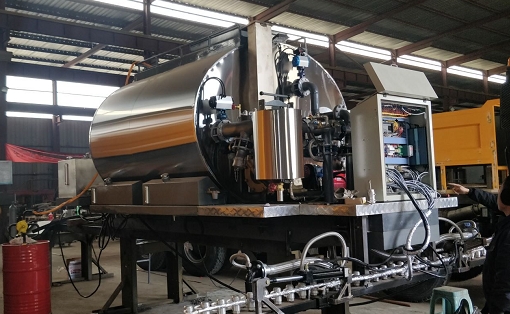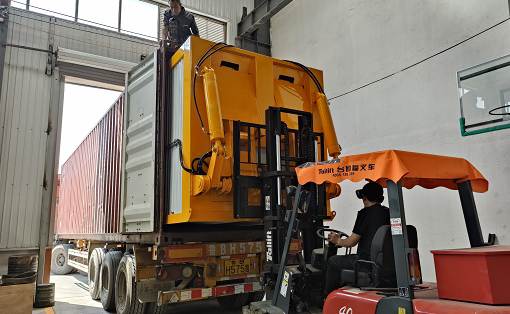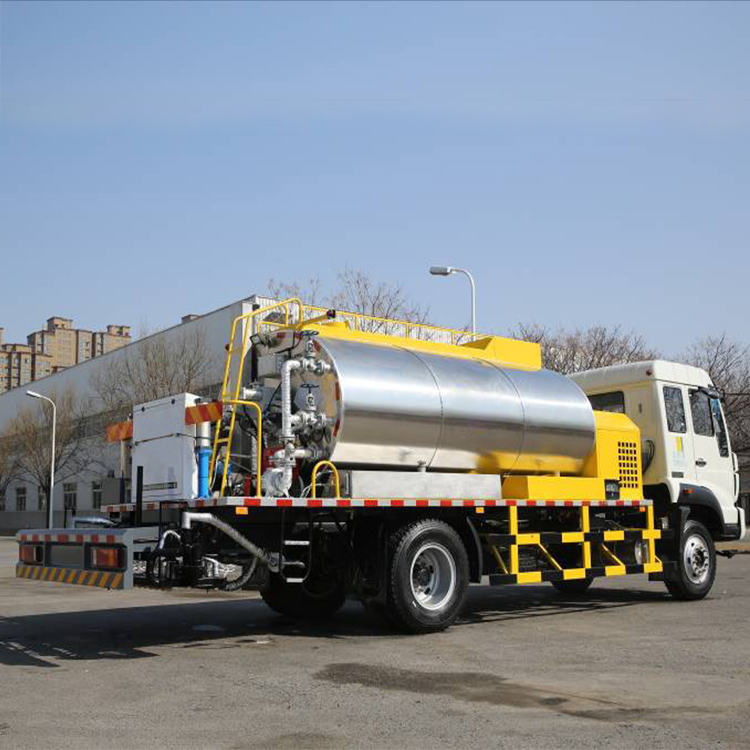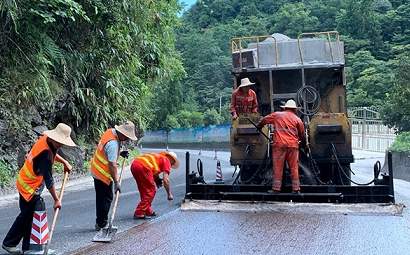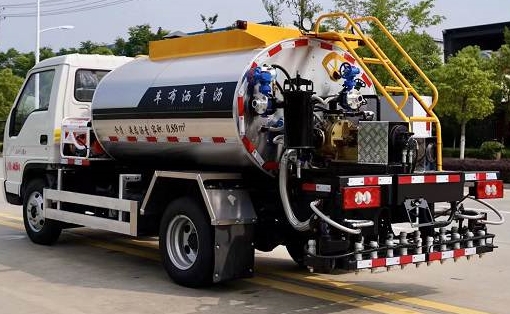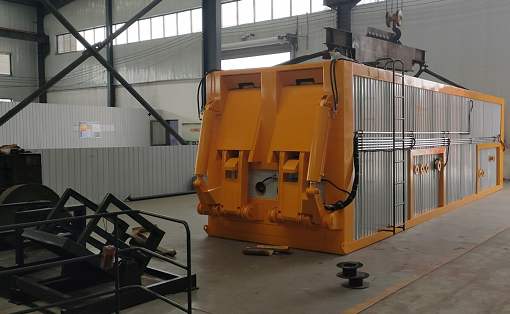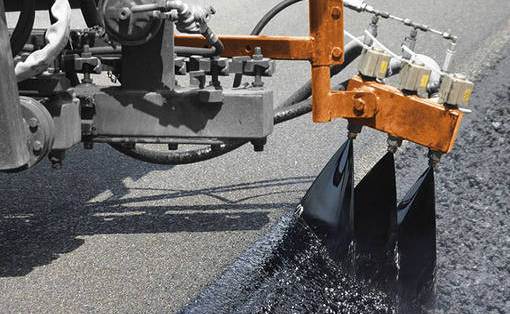What are the options for buying a synchronous chip sealer?
As a black road construction machinery, the synchronous chip sealer is the main equipment for highways, urban roads, airports, and port terminal facilities. Do you know what kind of synchronous chip sealer? What products do you have to choose from?
Asphalt dispensers are classified according to the purpose, operation mode, and drive mode of the asphalt pump. According to the purpose, asphalt dispensers can be divided into two types: road use and road construction use. The asphalt tank capacity of the asphalt dispenser used for road construction generally does not exceed 400L, while the asphalt tank capacity of the asphalt dispenser used for road construction is 3000-20000L.
As a black road construction machinery, the synchronous chip sealer is the main equipment for highways, urban roads, airports, and port terminal facilities. Do you know what kind of synchronous chip sealer? What products do you have to choose from?
Asphalt dispensers are classified according to the purpose, operation mode, and drive mode of the asphalt pump. According to the purpose, asphalt dispensers can be divided into two types: road use and road construction use. The asphalt tank capacity of the asphalt dispenser used for road construction generally does not exceed 400L, while the asphalt tank capacity of the asphalt dispenser used for road construction is 3000-20000L.
According to the drive mode of the asphalt pump, it is divided into two modes: the asphalt pump is driven by the car starter, and the asphalt pump is driven by a separate starter. Then the amount of asphalt spread can be adjusted within a large range. In addition to the simple towing of the department that uses the domestic consumption synchronous chip sealer, there is no self-propelled synchronous chip sealer with a dedicated starter, which is sensitive and convenient to operate. When using the asphalt penetration method, during the construction or maintenance of asphalt pavement or the asphalt layer on the surface of the residual pavement, an asphalt distributor can be used to transport and spray liquid asphalt (including hot asphalt, emulsified asphalt and residual oil). In addition, it can also provide an asphalt separator to loosen and crush the soil for the construction of asphalt-stabilized pavement or pavement foundation.
High-viscosity modified asphalt, heavy traffic asphalt, modified emulsified asphalt, emulsified asphalt, etc. can be applied when constructing the bottom breathable layer, waterproof layer and bonding layer of the asphalt pavement of high-grade highways. It can also be used for asphalt covering and spraying during highway maintenance, as well as the establishment of county and township highway oil roads to implement layered paving technology. The intelligent asphalt distributor consists of a car chassis, an asphalt storage tank, an asphalt delivery and spraying system, a thermal oil heating system, a hydraulic system, a fire extinguishing system, a control system, a pneumatic system, an operating platform, etc.
With the development of road construction, road maintenance equipment has a broader market prospect. For example, in road maintenance equipment, synchronous gravel sealers are used in various places. There are traces of synchronous gravel sealers on roads, urban roads, airports and ports, as well as county and township highway oil roads. So what are the tasks of asphalt spreaders in the preparatory stage before construction? Gao Yuan Xiaobian will answer for you. (Slurry sealer) Asphalt pavement construction should make the entire surface before various mechanical equipment inspections, oil spill vehicles should check the oil pump system, oil spill pipeline, oil dipstick, insulation equipment if there is a fault, and a certain amount of asphalt oil tank, before trying on the road, to check the amount of leaked oil and each spray, and should insist that the nozzle is clean, pipe flow, the angle of the nozzle should be -, and the angle with the oil spill pipe is 15°~25°. Asphalt mixture mixing and transportation equipment inspection. Before the mixing equipment starts to operate, it should be stopped for multiple inspections. Pay attention to the tightness of the combination, check whether there is material residue in the mixer, whether the cold material conveyor can operate normally, whether there is any deviation, carefully check the joints of the asphalt pipeline, strictly prohibit asphalt suction pipeline leakage, and pay attention to the electrical system. For the mechanical transmission part, check the tension of the transmission chain. Check whether the transport vehicle can meet the requirements and whether the insulation equipment is complete. The specifications and main mechanical properties of the rollers (such as the ability to turn, start, vibrate, reverse, stop, etc.) and the wear of the rolling surface should be checked. If the roller surface is concave or grooved, it shall not be used.

